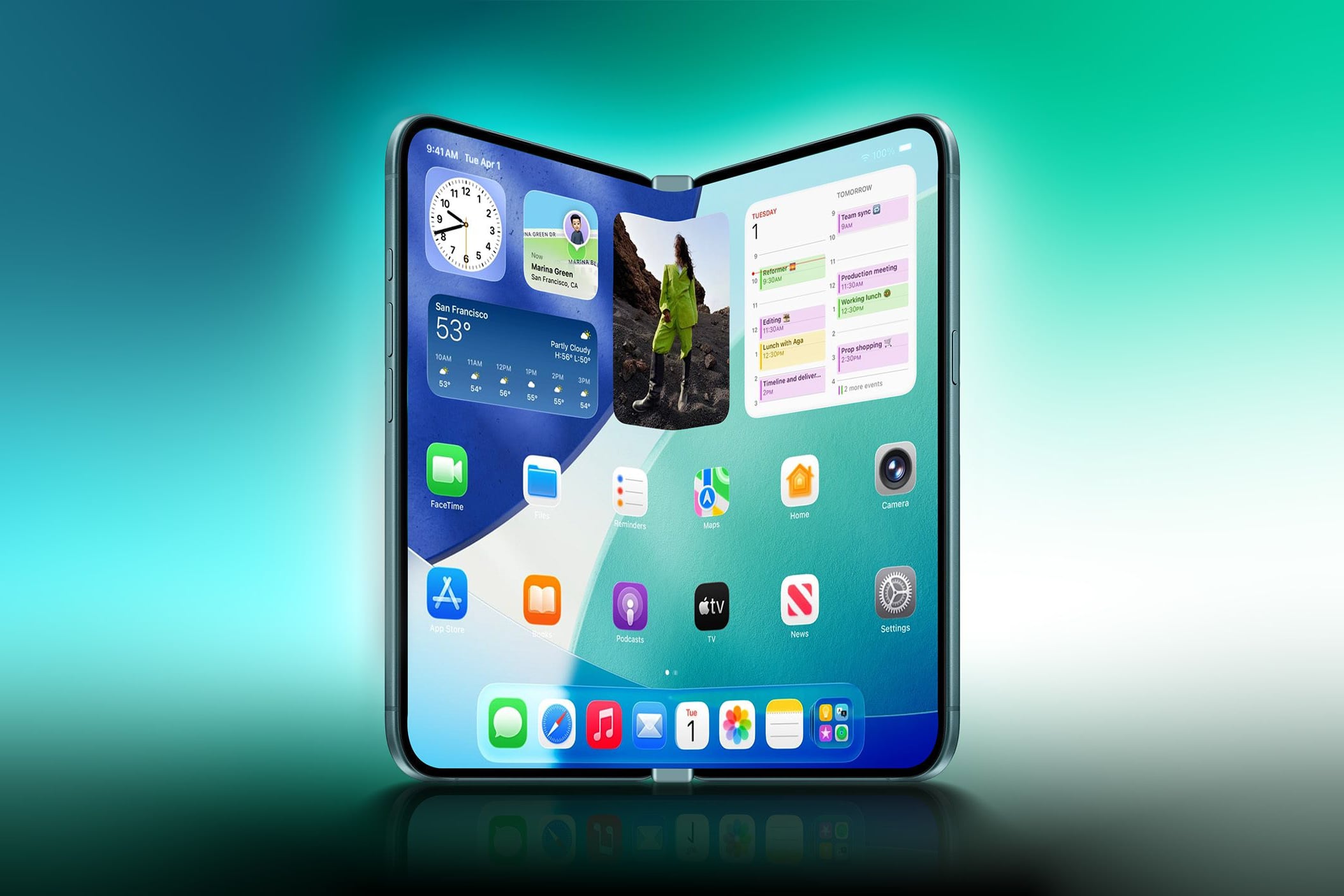This week, NASA’s Lucy spacecraft visited a small asteroid that gave a group of scientists a surprise. It turns out that the asteroid Dinkinesh – “you are wonderful” in the Amharic language of Ethiopia – he is not alone: a small moon revolves next to him.
The discovery happened on Wednesday when the spacecraft flew near Dinkinesh, which is about 480 million kilometers from Earth. This rocky body is located in the main asteroid belt beyond Mars.
The Lucy spacecraft managed to photograph the asteroid and its mini-moon when it was about 435 kilometers away. Lucy, launched in 2021, will be the first space mission to explore a diverse population of small asteroids. known as Jupiter’s Trojan asteroids. These parts of our early solar system are locked in stable orbits related to, but not close to, Jupiter.
The spacecraft approached Dinkinesh during a flight test that allowed them to evaluate a system that would allow Lucy to autonomously track an asteroid moving at 10,000 meters per hour. A test that served as a prelude to a future meeting of the largest and most mysterious asteroids in the orbit of Jupiter.
What does the small moon of the asteroid Dinkinesh look like?
In data and images sent back to Earth, the spacecraft confirmed that Dinkinesh is only 790 meters wide. A mini-moon that orbits very close to the asteroid, only 220 meters. “Dinkinesh has truly lived up to his name, which is remarkable,” Hal Levison, a senior scientist at the Southwest Research Institute, said in a statement.
NASA researchers already suspected this. In the weeks leading up to the meeting, Lucy’s team wondered whether Dinkinesh might be a binary system. The spacecraft’s instruments noted that the asteroid’s brightness changed over time. The first images of the meeting dispelled all doubts: this is indeed a close binary.

The spacecraft will not reach the first of the so-called Trojan asteroids until 2027. The mission’s goal is to study them for at least six years. “When Lucy was originally chosen for the flight, we planned to fly over seven asteroids. “With the addition of Dinkinesh, the two Trojan moons, and now this moon, we’ve increased the number to 11,” Levison added.
Mission Lucy is named after the fossilized skeleton of a human ancestor, named after a Beatles song. Lucy in the sky with diamonds. Lucy will also pass the Earth three times to get a boost from its gravity. This will do it the first spacecraft to return to the vicinity of the planet from the outer solar system.
Source: Hiper Textual














